1. Textile Manufacturing

Many textile mills in the U.S. have closed due to cheaper overseas production and automation. Once-bustling mill towns have seen unemployment soar, and local economies falter. Workers skilled in textile production often have limited options for comparable jobs. Young families move to larger cities seeking sustainable work.
The decline also affects ancillary businesses like transport, retail, and local services. Vacant factories become eyesores, depressing nearby property values. Regional identity tied to textiles fades as residents leave. The exodus compounds economic challenges for the remaining community members.
2. Traditional Retail Chains
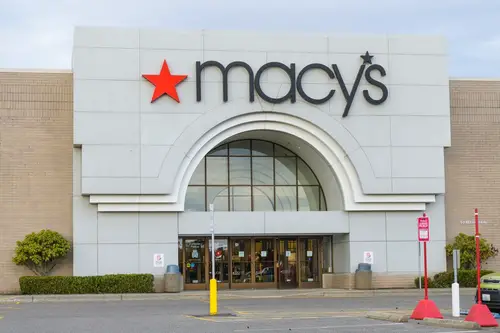
Big-box retailers like Sears and Macy’s have been closing stores at an alarming rate. The rise of e-commerce giants and changing consumer habits have rendered many of these physical stores obsolete. This has led to massive layoffs and the shuttering of once-thriving shopping centers. As a result, workers and their families are relocating in search of better employment opportunities.
The decline of these retail giants has left behind vacant properties and struggling local economies. Communities that once relied on these employers are now facing economic downturns. The exodus of residents seeking work elsewhere further exacerbates the situation. This cycle continues as the retail landscape evolves and adapts to new consumer demands.
3. Coal Mining
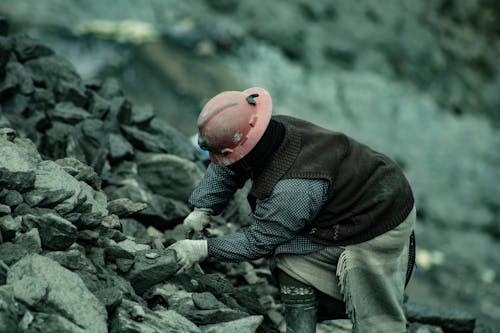
The coal industry has been in a steady decline due to environmental concerns and the shift towards renewable energy sources. Many coal mines have closed, leading to significant job losses in regions dependent on this industry. Workers in these areas are often left with few alternatives, prompting them to move to regions with more diverse employment opportunities. The closure of coal plants has also led to environmental cleanup efforts, which can take years to complete.
Communities built around coal mining are experiencing economic hardships as businesses close and tax revenues dwindle. Families who have lived there for generations find it harder to make ends meet. Young people often leave in search of education and work elsewhere. This gradual depopulation leaves towns struggling to maintain essential services.
4. Newspaper Publishing

Traditional print newspapers have been hit hard by digital media and declining advertising revenues. Many local papers have shut down entirely, leaving “news deserts” across the country. Journalists and support staff face layoffs, which pushes them to look for work in other cities. This decline impacts civic engagement and local culture, prompting people to rethink where they want to live.
With fewer media outlets, communities lose a sense of connection and oversight. Local businesses that depended on newspaper ads struggle to reach customers. Residents increasingly rely on national outlets or social media for information. This shift can make towns less attractive for those seeking a well-informed, vibrant community.
5. Coal-Powered Electricity
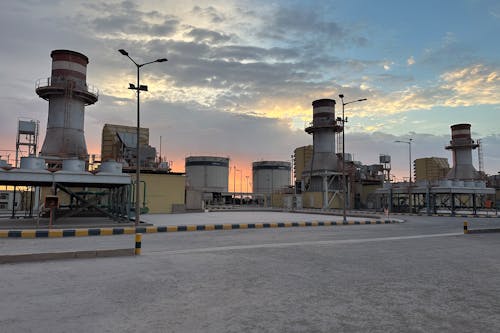
Coal-fired power plants are being retired faster than ever as cleaner energy sources become more cost-effective. The jobs tied to these plants are disappearing, affecting entire towns. Energy workers often move to other states or industries to maintain stable employment. The economic ripple effects also hit local contractors and suppliers.
Municipal budgets suffer when tax revenue from plants drops. Small towns that thrived on these energy hubs face school closures and shrinking public services. Families feel compelled to relocate to sustain a decent quality of life. Over time, entire regions experience population decline.
6. Print Book Publishing

While digital reading grows, many mid-sized print publishers struggle to survive. Bookstores and publishing houses face shrinking sales and increasing consolidation. Authors and editors may need to relocate to continue their careers. This shift impacts towns with a history of literary or printing culture.
Small towns that once hosted printing plants or bookstores face economic decline. The cultural loss also reduces tourism and local events. Communities lose the creative jobs that attract young professionals. Over time, fewer people see these towns as viable places to settle.
7. Steel Manufacturing
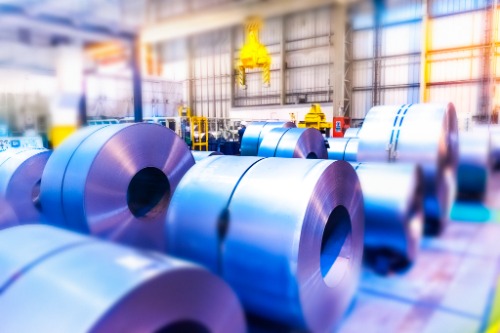
U.S. steel mills have declined due to foreign competition and cheaper imports. Layoffs are frequent, and entire towns once centered on steel production now face depopulation. Workers often move to other states or sectors in search of stability. This migration affects housing markets and community services.
Local businesses tied to the mills, like equipment suppliers and transport, struggle. Tax revenues fall, forcing cuts in schools and public infrastructure. The younger generation leaves, creating a demographic imbalance. The remaining population grapples with limited opportunities and lower wages.
8. Video Rental Stores
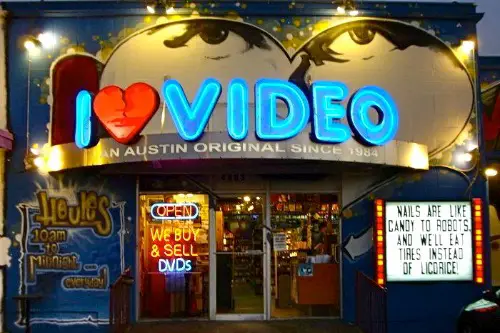
Remember Blockbuster? The rise of streaming services wiped out video rental stores almost overnight. Employees and franchise owners had to pivot or move to find new work. Small towns with rental stores lost more than convenience—they lost gathering spots and community hubs.
The closures also impacted landlords and nearby shops that benefited from foot traffic. As these cultural anchors disappear, towns feel less vibrant. Younger residents move to cities with entertainment and employment options. The domino effect reduces local economic diversity.
9. Traditional Agriculture
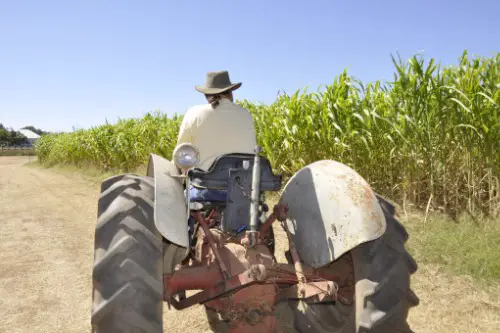
Some small-scale farms struggle as industrial agriculture dominates, driving down prices. Family farmers often can’t compete and sell land or relocate. Rural areas experience declining populations and shuttered schools. Workers move to cities for more reliable incomes.
This migration leaves behind aging populations with fewer services. Local businesses catering to farm families see a drop in customers. Community events and traditions tied to farming slowly vanish. Economic and social stagnation push more residents to leave.
10. Cable Television Providers

Cord-cutting has drastically reduced revenues for traditional cable companies. Technicians, customer service staff, and regional offices face layoffs. Communities that relied on cable for jobs experience economic contraction. Young people in particular move to areas with tech or streaming industry jobs.
Retail outlets for cable subscriptions close, impacting malls and shopping districts. Reduced service employment affects household income and spending. Cities once seen as stable for cable jobs now see population shifts. The technological disruption reshapes the local economy entirely.
11. Print Advertising

As businesses pivot to online marketing, traditional print advertising is dying. Employees in ad agencies, local newspapers, and printing shops are losing work. Communities with economies tied to print media face increasing unemployment. Professionals are relocating to tech hubs or marketing-centric cities.
The decline of print advertising also hurts local retailers. Fewer ads mean fewer sales, hurting small businesses’ bottom lines. Families follow the jobs, leaving neighborhoods with fewer residents. Over time, these towns lose both economic and cultural vitality.
12. Movie Theaters

Streaming services and home entertainment options have cut into traditional movie theater revenues. Multiplexes are closing, and jobs for projectionists, concession workers, and staff vanish. Cities and towns with theaters as central entertainment hubs feel the social and economic impact. Residents, especially younger ones, relocate to urban areas with more entertainment and job opportunities.
Theaters also drive traffic to nearby restaurants and shops. Closures create a ripple effect on local commerce. Communities lose cultural landmarks that bring people together. As jobs disappear and amenities decline, moving becomes a practical choice for many families.
13. Logging and Timber Mills
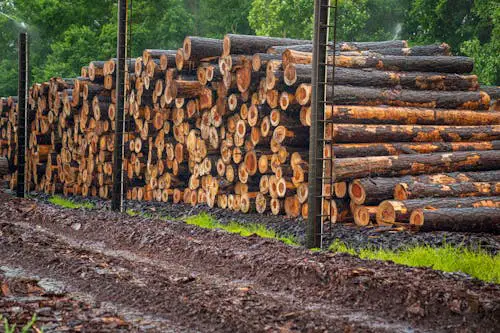
Once a cornerstone of rural American economies, logging and timber mills are shrinking due to environmental restrictions and international imports. Automation has also reduced the need for large crews, leaving many workers without steady employment. Logging towns that once thrived on steady mill wages now face widespread poverty. Families frequently move to larger cities, abandoning homes in search of stability.
As mills close, surrounding businesses—from diners to supply shops—lose their customer base. School districts shrink as young families relocate, leaving only an aging population behind. Community events tied to the timber industry fade, weakening local culture. Over time, these towns become ghostly reminders of their former prosperity.
14. Furniture Manufacturing

American furniture plants have struggled to compete with cheaper overseas production. Generations of skilled workers who once made handcrafted goods now face unemployment. Towns that depended on these factories watch as families pack up and move elsewhere. The loss of stable, middle-class jobs accelerates population decline in these regions.
As residents leave, housing markets stagnate and local businesses close. Schools and hospitals receive fewer resources due to shrinking tax bases. Communities once proud of their craftsmanship now fight to redefine their identities. Without new industries, many of these areas risk long-term decline.
15. Dairy Farming

Small family dairies are being replaced by massive industrial operations, making it hard for traditional farmers to survive. Falling milk prices leave many unable to cover costs, forcing them to sell land or relocate. Rural areas once built around dairy culture are hollowing out. Younger generations often choose city jobs over continuing the family business.
The collapse of small dairies also affects local supply chains, from feed suppliers to equipment dealers. Communities lose traditions tied to farming, such as fairs and agricultural festivals. Aging farmers who stay often lack support systems as neighbors leave. The resulting demographic shift leaves these towns vulnerable to further decline.
16. Shipbuilding
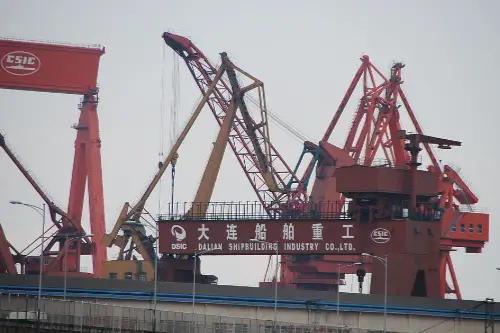
Shipbuilding in the U.S. has dramatically contracted due to overseas competition and shifting defense contracts. Once-busy shipyards now employ only a fraction of their former workforce. Skilled laborers have been forced to move to other coastal states or industries. Entire neighborhoods tied to these yards see dwindling populations.
The loss of shipyard jobs devastates surrounding economies, from suppliers to small service businesses. Local governments suffer budget cuts as tax revenues fall. Cultural pride tied to naval and industrial history weakens as families move away. These communities struggle to replace the economic engine that once sustained them.
17. Photography and Camera Stores

With smartphones replacing traditional cameras, photography shops across the country are shuttering. Independent camera retailers and film developers have been hit especially hard. Employees lose specialized jobs that are difficult to replace locally. Many relocate to larger cities with broader tech or media opportunities.
As these businesses close, towns lose cultural spaces where art and community once flourished. Nearby shops see less traffic without photography customers. The absence of these hubs makes smaller communities feel less connected. Younger generations, seeing fewer opportunities, accelerate the outward migration.
18. Furniture Retail Showrooms

Traditional furniture showrooms are struggling as online shopping dominates. Once-busy warehouses now sit empty, their employees forced to seek work elsewhere. Families relocating to new areas often prefer online purchases, bypassing local stores. This has left many mid-sized towns with abandoned retail spaces.
As showrooms close, tax revenue decreases and commercial districts decline. Local delivery and moving companies lose steady business. Communities lose gathering points where families once shopped together. Without renewal, these retail landscapes contribute to broader urban decay.
19. Oil Refining

The oil refining industry faces pressure from global shifts toward renewable energy and stricter regulations. Refineries that once supported entire towns are scaling back or closing. Workers are left to find employment in far-off states or different industries. Families often uproot to follow job opportunities, leaving their communities behind.
The decline of refining has ripple effects on contractors, restaurants, and schools tied to the industry. Property values sink as plants shut down and tax contributions disappear. Cultural identities shaped by oil are eroded as younger generations depart. These communities find it difficult to attract replacement industries, compounding the exodus.
20. Automotive Parts Manufacturing

Globalization and automation have hit U.S. auto parts manufacturing hard. Plants that once offered stable union jobs are shutting their doors. Workers are often forced to relocate to states with stronger automotive hubs. Families that stay behind face limited job prospects and economic insecurity.
As plants vanish, local diners, gas stations, and repair shops lose their steady customers. Tax bases shrink, leaving schools and infrastructure underfunded. The departure of younger workers leaves aging populations behind. These communities, once defined by automotive pride, now struggle to survive.
This post 20 American Industries That Are Collapsing—and People Are Moving Out was first published on American Charm.


